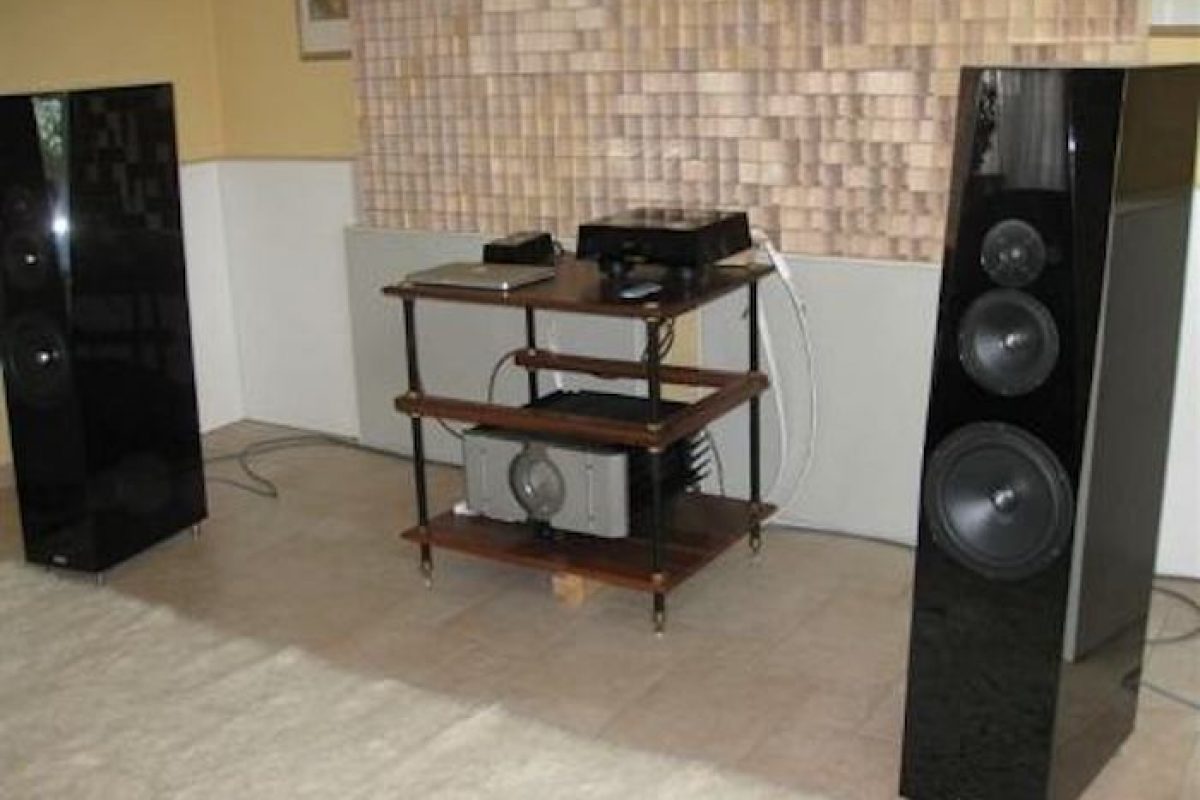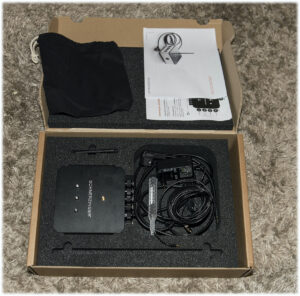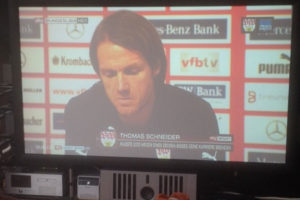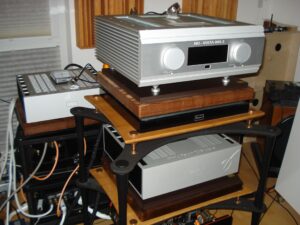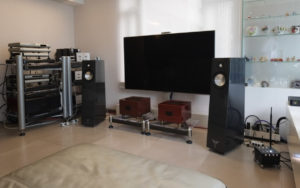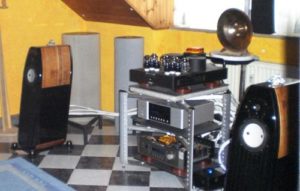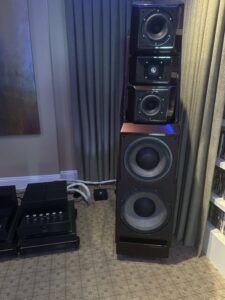"Dear Schnerzinger Team,
When Mr. Brämer told me last year that he was going to distribute a new cable series (Schnerzinger), which would play in a different league than his own 'ALAC' cables, I was excited. Admittedly, I was also skeptical at first, whether the price would be in line with the offered sonic performance.
To anticipate: What each of the Schnerzinger cables offers sonically, can probably not be achieved in most cases even with a comparably priced electronics upgrade
Even the 'smallest' of the Schnerzinger cables met the sonic demands. But for me it was more surprising how clearly the 'middle' (X.5000) cable could distance the 'smaller' one - in all areas, unbelievable !
Could the 'big' X.8000 cable top this performance to the same extent?
Well, for me the differentiation in sound is primarily in an area that could technically be described as 'airiness' - but in the end it is much more, in my opinion it is about a very special increase in musicality:
To hear the 'breath of the music' and to feel the 'soul of the music' - with these cables on the TIDAL it becomes true!
I would like to recommend the new (power) cleaner from you to every music listener.
What this little device does to the room imaging (even with optimized room acoustics) is already spectacular to call.
Dear Schnerzinger Team, Chapeau !!!
Many greetings!
Rainer D.

